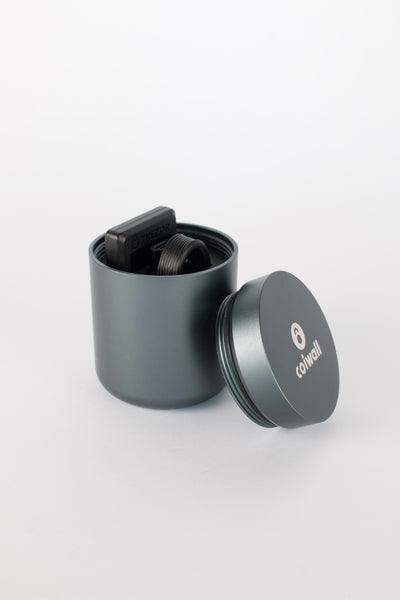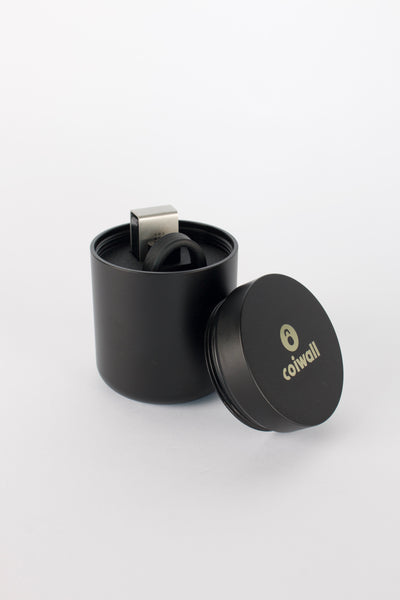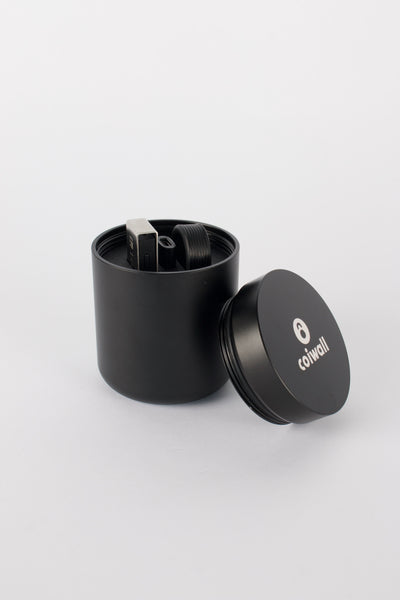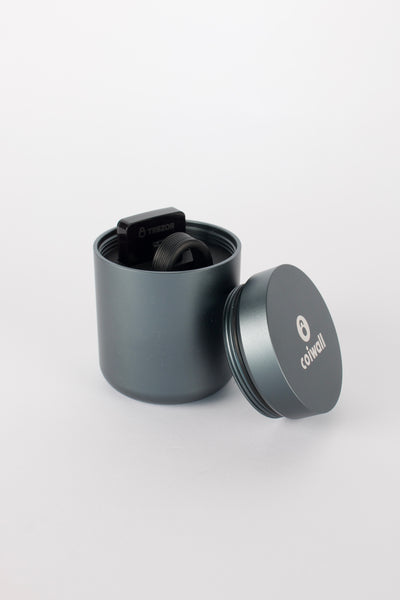If you've ever found yourself wondering why your newly acquired crypto tokens seem to be locked up like some rare toy behind glass, you’re probably facing a thing called the vesting period. Now, don’t bristle at the jargon—let’s chat about what this term really means, why it matters (yes, even if you’re a seasoned crypto enthusiast), and why waiting for your tokens to unlock might be more strategic than you think. We'll toss in a few analogies, tiptoe into the traditional finance world, and circle back to how your favorite hardware wallets like Trezor and Ledger might fit into all this. So, grab your curiosity and let’s unpack the story of vesting—crypto style.
What’s a Vesting Period, Really?
Let me explain: In the world of crypto (and honestly, this also goes for old-school stock options), a vesting period is just a set window of time during which your tokens—or in the old days, employee stock or retirement benefits—are off the table. You can’t touch, transfer, or cash them out until you wait for that clock to wind down. Picture it a bit like a golden goose that only lets you pluck a feather every so often, rather than handing over the whole bird on day one.
How Does It Actually Work?
Most projects use vesting periods when they’re launching new tokens, especially if they’re rewarding early backers, founders, or even employees. Instead of handing over mountains of tokens right away, they release them bit by bit. The idea? Prevent sudden dumps that could crash the price and to make sure everyone’s got some skin in the game long-term.
- Cliff Vesting: You wait and wait—and then one day, boom, you get a big chunk all at once.
- Graded (or Linear) Vesting: Here, your tokens unlock a little at a time, maybe monthly or quarterly, so there’s a steady flow rather than a sudden windfall.
Seems fair and logical, right? It keeps founders and investors motivated, encourages loyalty, and prevents rug pulls (where someone bails with the loot and tanks the project value).
Why Should Investors Care About Vesting Periods?
Here’s the thing: if you’re holding onto tokens with a long vesting period, they’re not yours to move as you please…yet. But that’s not always a bad thing. Some folks are actually relieved when their assets are locked up. Why? Because in the rollercoaster of crypto, it’s all too tempting to bail out at the first sign of turbulence. Vesting can act like the responsible friend at the party—sometimes annoying, but usually keeping you out of trouble.
If you’re considering jumping into a new token sale or decentralized finance (DeFi) project, scan their tokenomics. If there’s a vesting schedule for the team or VCs, that usually signals the project wants to avoid sudden dumps and pump-and-dump shenanigans. You might not see fireworks right away, but slow and steady sometimes wins this high-stakes race.
How Does This Play Out in Real Life?
Let’s get tangible. Imagine you’re an early supporter of a fresh token, and you score 10,000 coins, but they vest over two years. The project might say: you get 25% after the first year (that’s the cliff), and the rest unlocks monthly after that. Fancy a quick payday? Not happening. But if you believe in the project, you’re tied to its journey—and its potential upside.
Vesting Periods Are Not Just Crypto’s Quirk—Check Out Traditional Finance
You know what? Vesting is old news in traditional finance. Companies have used it with retirement benefits and employee stock options for decades. If you’ve ever heard your uncle grumble about not being '100% vested' in his 401(k) yet, he’s living this timeline. The classic setup? You stick around for several years before you “own” those benefits. Leave early, and you might walk away empty-handed.
But there’s a twist: while traditional finance vesting schedules are often dictated by employment contracts and legal frameworks, crypto vesting is coded right into the smart contract—no tricky HR negotiations here.
Wait—Does Vesting Affect Token Price?
Absolutely. Think of it as a built-in speed bump slowing down waves of selling. When big buckets of tokens unlock at once, that sudden swell can spook the market—or sometimes open the floodgates for price drops if too many holders want out fast. Smart projects communicate vesting schedules clearly, helping investors brace for these key milestones. It's a bit like anticipating a new iPhone launch—expect buzz, excitement, and sometimes, a rush to cash in (or out).
Hardware Wallets: Where Do Trezor and Ledger Come In?
By now, you might be wondering: Can you store vested tokens in your favorite cold storage gadgets, like a Ledger Nano or Trezor Model T? Yes, in a sense. Once tokens are distributed to your wallet—vested or vesting—they physically reside in that address. But here’s the catch: if there’s a vesting contract, you can’t transfer or spend them until the blockchain says so, regardless of whether they sit snugly on your hardware wallet or a hot wallet app.
Hardware wallets simply keep your private keys safe—they don’t speed up vesting or unlock coins early. However, given how much value can be tied up in vested tokens, storing them on secure devices is a no-brainer. After all, you wouldn’t leave the key to your golden goose lying around, would you?
A Few Cautionary Tales and Tips
- Always check the vesting schedule before jumping in. It’s often in the project’s whitepaper or tokenomics page. If it’s murky or confusing? Maybe steer clear.
- Be mindful of big unlock events. The crypto community keeps a close eye on these. Tools like CoinMarketCap and Messari often publish upcoming unlock schedules—just another thing to bookmark.
- If you’re part of a project team, respect your own vesting! Founders who stick to their vesting plans usually build more trust and a better long-term reputation.
Wrapping Up (Well, Almost)
Let’s circle back: vesting isn’t just a rule designed to frustrate you. It’s a way to keep projects honest, prices steady, and communities engaged. Whether you’re a first-timer grabbing tokens on a launchpad or a seasoned investor diversifying your digital assets, understanding how and when your holdings become liquid is crucial. And as the world of crypto continues to innovate, blend old finance with new, and sometimes surprise us all, don’t be shocked if vesting periods evolve too.
So next time you wonder why your tokens aren’t quite yours (yet), remember: sometimes, a little patience is more than just a virtue—it’s a clever bit of code safeguarding your investment, and maybe even the project’s whole future. Here’s to the waiting game—may it pay off handsomely.











